If you are the new owner of a Jeep Cherokee and are lucky to have blind-spot monitoring, you may be wondering how it works. Do you need to turn it on, and how do you do it? Let's take a look.
The Jeep Cherokee Blind-Spot Monitoring (BSM) system uses sensors to monitor the area around your vehicle. To turn it on and off, follow these steps:
- Press Up/Down arrows on the steering wheel.
- Click settings.
- Click driver assist.
- Locate and click blind spot.
- Click turn on.
Blind-Spot Monitoring is a handy system to have and can help you avoid accidents. In this article, we will discuss how the BSM system works and the benefits of having it. In addition, we will answer other frequently asked questions about the safety features of the Jeep Cherokee, so read on!
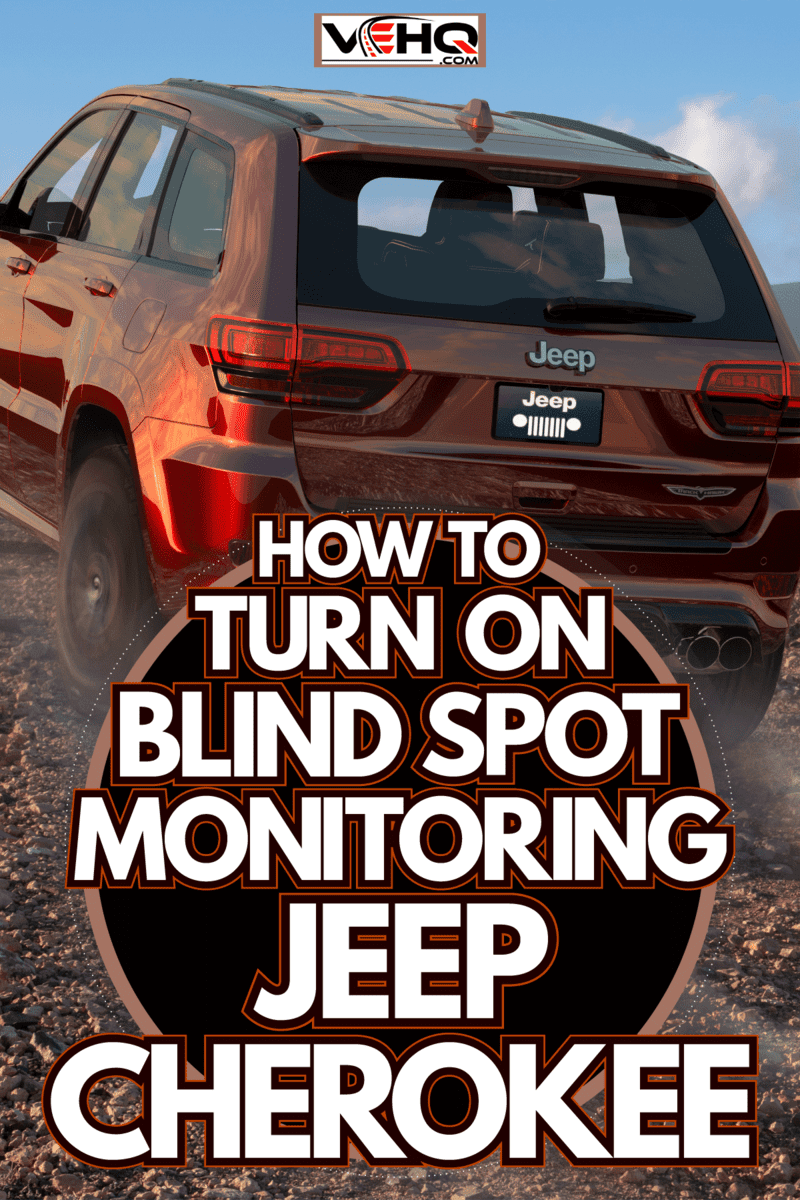
How To Turn On Blind Spot Monitoring Jeep Cherokee
Blind-Spot Monitoring is a safety feature that is standard on the Jeep Cherokee. The BSM system will activate every time the vehicle is turned on by factory default.
If the previous owner or at the dealership turned it off during a test drive, turn it on by following the steps above.
When you turn the Jeep Cherokee on, the Blind-Spot Monitoring system will flash on your side mirrors, letting you know it is active. The system uses sensors to monitor the area around your vehicle and will notify you when there is something in your blind spot.
The system will only work if you are driving 6 mph or more. If under 6 mph, the system will not detect anything in your blind spot.
The Blind-Spot Monitoring system is a great safety feature to have, as it can help you avoid accidents. When a vehicle is in your blind spot, you will see the light on the side mirror that corresponds with the side of that vehicle that is in your blind spot.

If you turn on your signal to change lanes, the light will flash, and an audible warning will sound, letting you know there is a vehicle in your blind spot. Note this is a great feature, as it allows you to know when it is safe to change lanes.
Say goodbye to looking over your shoulder to check your blind spot, as the Blind-Spot Monitoring system will do it for you!
Is Blind-Spot Monitoring Worth It?
That is a question that only you can answer. Blind-Spot Monitoring is a standard safety feature on the Jeep Cherokee, so it is already included in the price of the vehicle. 10% of vehicle accidents are due to changing lanes to make you feel safer.
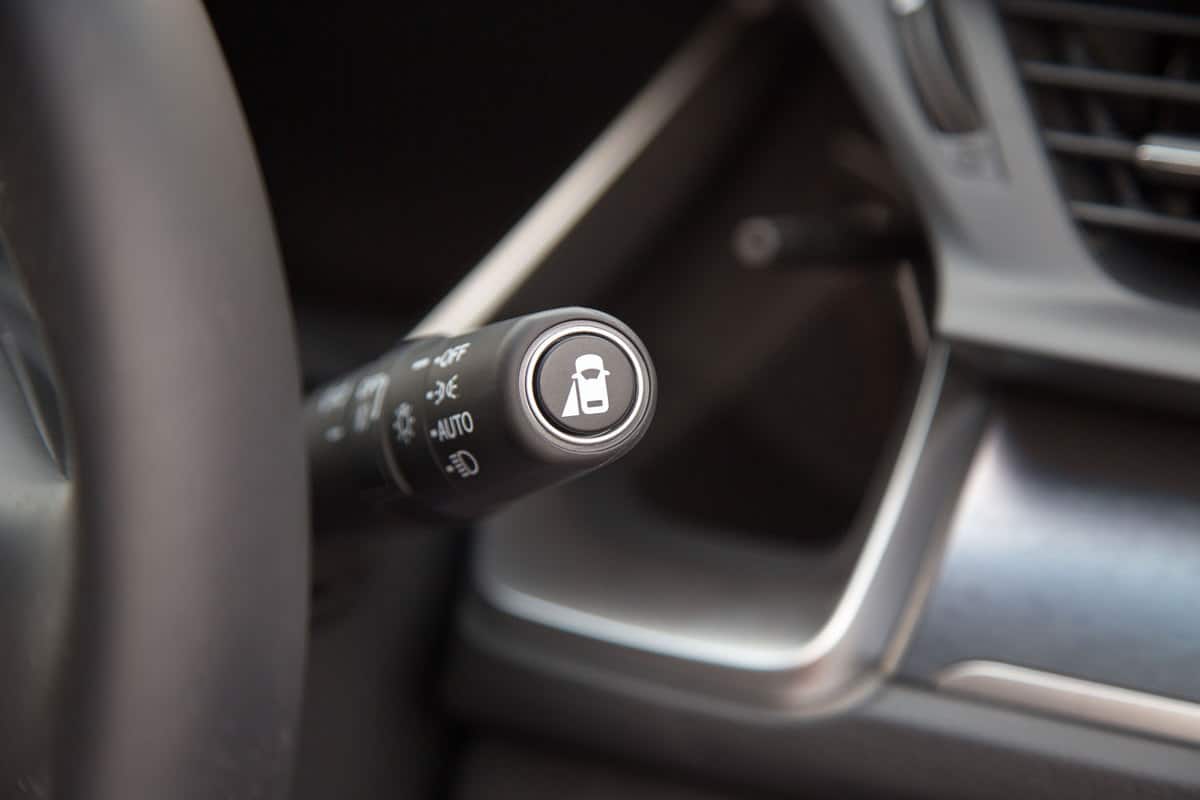
Blind-Spot Monitoring can help avoid these accidents, as it gives you an audible warning when there is a car in your blind spot.
For people who continuously drive in busy areas, Blind-Spot Monitoring is a great feature to have. It can help you feel more confident while driving and can prevent accidents from happening.
Keep in mind that if you buy a Jeep Cherokee with Blind-Spot Monitoring, you don't have to use it. Instead, you can stick to the old-fashioned way of looking over your shoulder to check your blind spot.
However, if you give it a chance, you will find that it is convenient and can also be lifesaving.
How Much Does It Cost To Add Blind-Spot Detection?
It will cost you if you own an older Jeep Cherokee and want to add the Blind-Spot Monitoring system. The parts and labor can range from $250-$500 or more depending on the system. So, should you have it added?
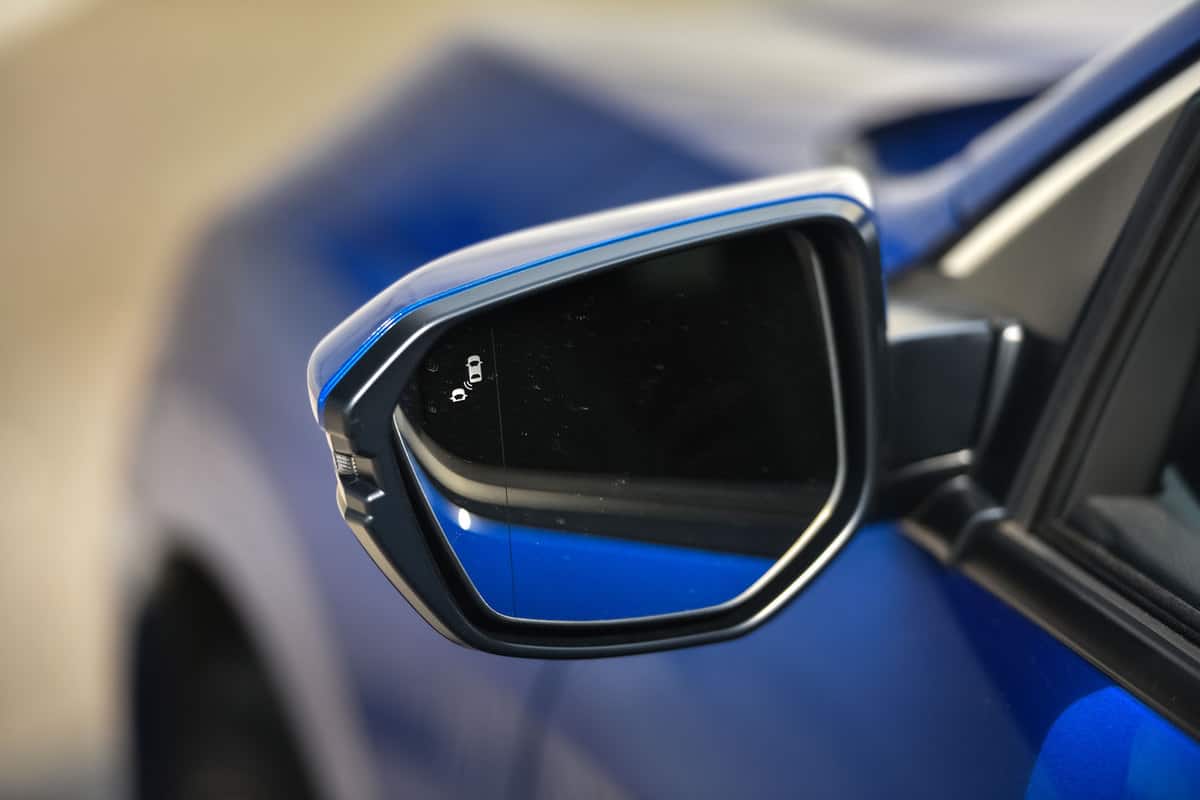
If you do a lot of driving in areas with a lot of traffic, it may be worth the investment. In addition, if you don't want to buy a newer Jeep Cherokee, it will save you money in the long run.
However, if you are already in the market for a newer Jeep Cherokee, it is already included in the price of the vehicle. So, you don't have to worry about adding it.
What Are Blind Spot Sensors Called?
BSM systems use radar or ultrasonic sensors to detect vehicles in blind spots. These sensors are located in the vehicle's rear bumper and emit waves that bounce off of objects and return to the sensor.
If there is an object in the blind spot, the waves will bounce off and return to the sensor, which will activate a warning light on the side mirror.
Some systems use cameras instead of sensors, so you may sometimes hear them referred to as Blind-Spot Detection (BSD) or Rear Cross Path Detection (RCPD).
Do All Cars Have Blind Spot Sensors?
No, not all cars have blind-spot sensors. Blind-Spot Monitoring is a safety feature that is typically found on higher-end vehicles. However, it is becoming more common and can now be found on some lower-priced vehicles as well.
If you are in the market for a new car and are unsure if the vehicle you are looking at has blind spot sensors, be sure to ask the salesperson. They will be able to tell you if the car has the feature and answer any other questions you may have about it.
Where Does The Blind Spot Detection Zone Begin?
The blind-spot detection zone begins at the rear of the vehicle and extends about 10 feet beyond the rear bumper.
If a vehicle is entering from the side, rear, or front and gets within 10 feet of the car, the system will activate, and a warning light will appear on the appropriate side mirror. The light can be yellow or red, depending on the vehicle.
For example, if you turn on your turn signal and the BSM is on, it will flash bright, stating a car is in the blind spot. Also, some vehicles will emit a sound to warn the driver about something in their blind spot.
An important thing to know is that the BSM may not be able to detect a motorcycle or bicycle. Therefore, it doesn't hurt to double-check that the coast is clear before changing lanes, even if the BSM light is off.
What Is The Difference Between Blind Spot Detection And Lane Departure Warning?
The main difference between blind spot detection and lane departure warning is that blind spot detection only warns about vehicles in your blind spot.
Lane departure warning is a safety feature designed to keep you from unintentionally leaving your lane. It uses a camera or sensors to track the car's position and will warn you if it detects that you are about to leave the lane.
Both features are beneficial and can help you stay safe while driving, but it is important to know their difference. In addition, each of these safety features can be turned off if you don't want them to be activated.
Is Blind-Spot Monitoring Reliable?
Blind-spot monitoring is a reliable safety feature and can be more reliable than mirrors alone. In addition, BSM systems can detect vehicles in the blind-spot faster than a driver can and, in some cases, may even register vehicles that are not visible in the mirror.
BSM gives you a chance to brake or avoid the other vehicle before it becomes a problem. In addition, the warning light on the mirror is designed to catch your attention so that you are aware of the potential hazard.
What Are The Drawbacks Of Blind-Spot Monitoring?
One of the drawbacks of blind spot detection is that it doesn't work well when driving at slower speeds. That's because the system is designed to work best when the vehicle is moving at highway speeds.
Another drawback is that blind spot detection systems are that warning lights may be hard to see for some drivers. The lights are typically located on the side mirrors and can be easily missed due to their size.
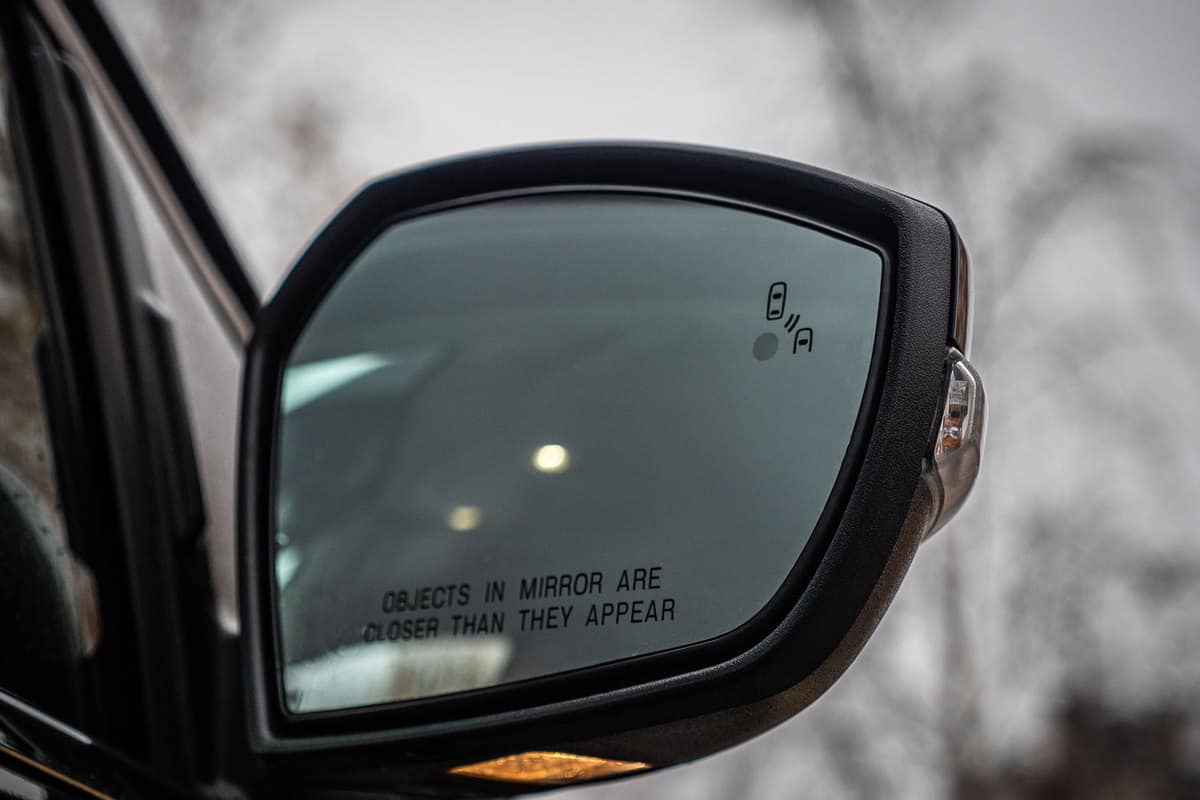
The blindspot sensor may also have trouble in poor weather conditions. For example, debris and snow could cause the BMS not to function properly if covered.
Lastly, its inability to detect bikes, motorcycles and other vehicles can be a drawback, especially in busy cities.
Final Thoughts
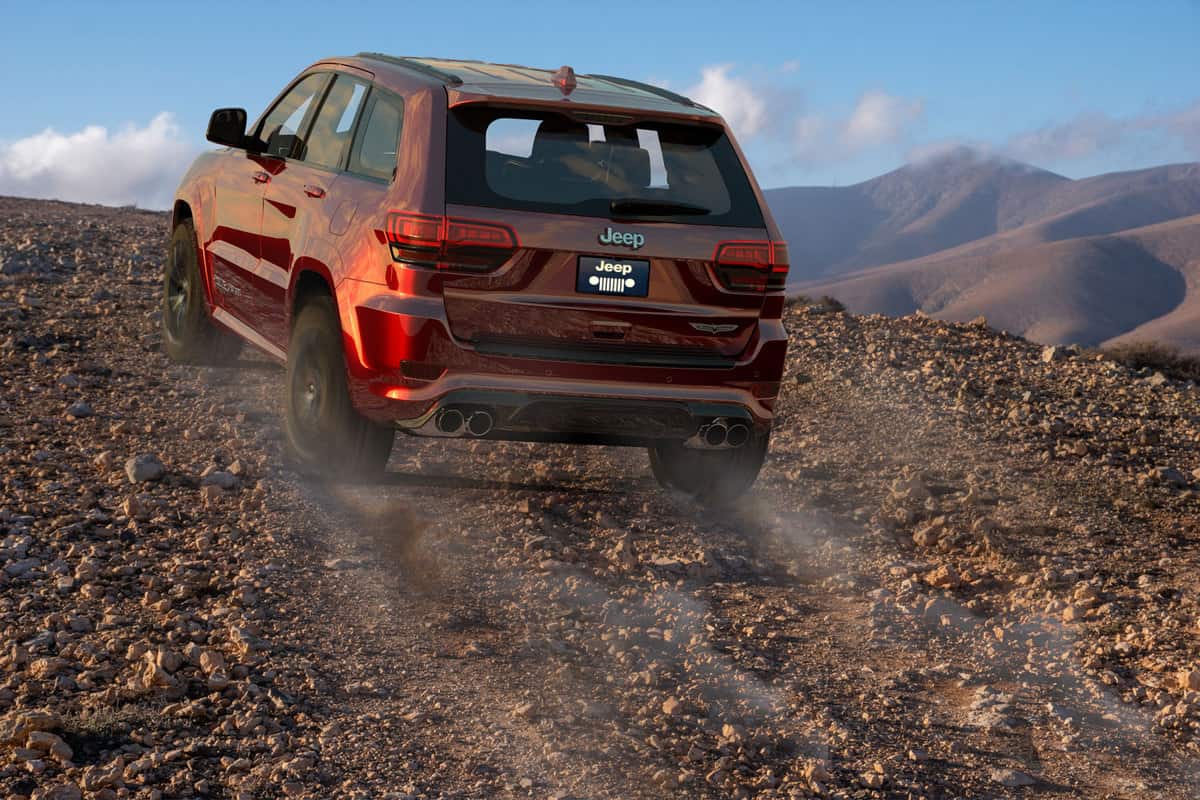
Overall, blind-spot monitoring is a beneficial safety feature that can help you avoid accidents. However, it is important to know that the system is not perfect, and there are some limitations to it.
If you are considering purchasing a car with blind-spot detection, be sure to take a test drive in the city and on the highway to see how well it works for you.
Want more content? Here are more related articles you might enjoy:
How To Check Coolant Level Jeep Cherokee

I can’t see the cars on the drivers side especially at 4 way stops, almost got into several accidents because of this